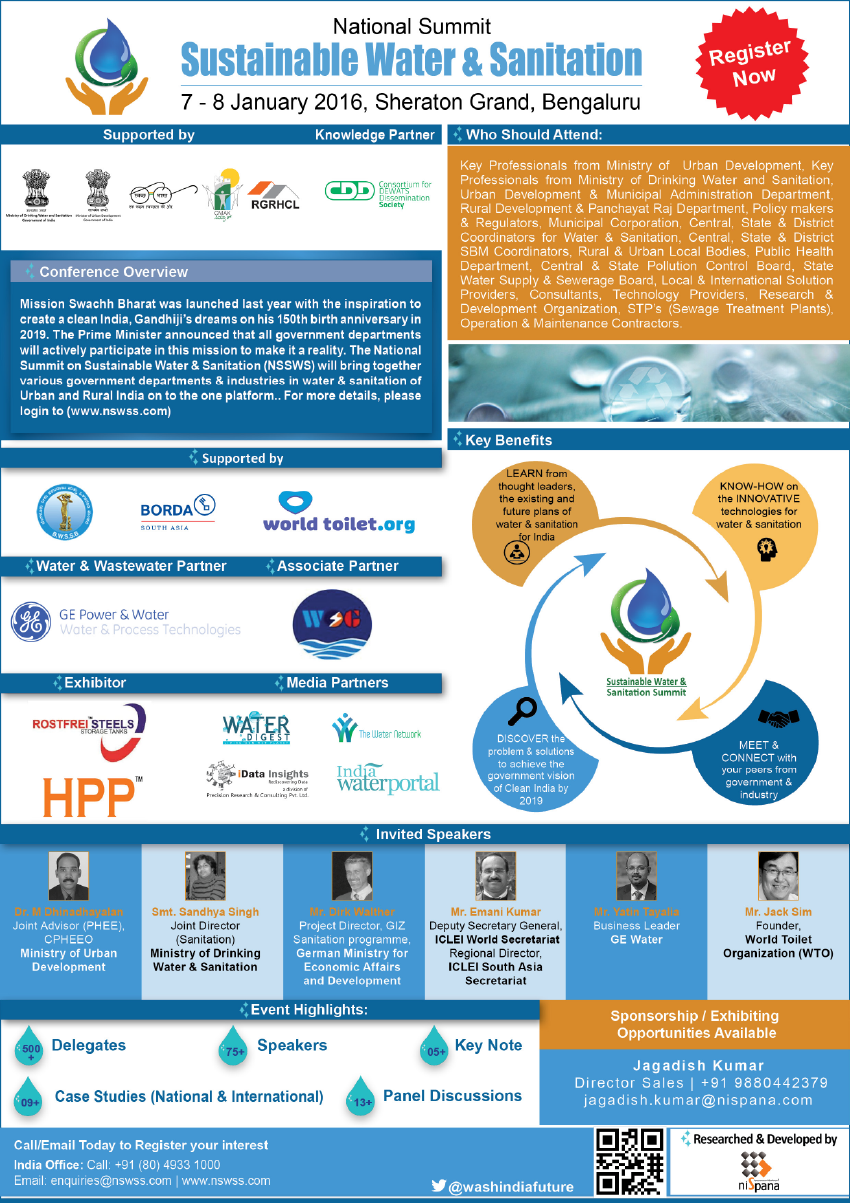Governance
Srinagar's Dal Lake shrinks by 36% in the last 37 years
Posted on 26 Oct, 2015 09:43 PMStudy shows half of Srinagar's water bodies have disappeared in the past century

How much water should flow in the Yamuna?
Posted on 26 Oct, 2015 05:17 PMRivers are the not just the lifeline of our country, but life itself. We may revere them, even worship them but we continue to pollute, choke, and poison their waters. A river, its catchment area, and its floodplains have evolved over millions of years, and once damaged, may not be easy to reclaim.

Bangalore needs to break class barriers if its lakes are to be saved
Posted on 25 Oct, 2015 12:15 PMLakes spewing foam and catching fire in Bangalore made big news for several weeks but this is just an indication of the times to come as we fill up water bodies with effluents or turn them into sewage dumps in most cities across India. India Water Portal talks to Leo F. Saldanha of Bangalore-based Environment Support Group on how to manage these precious resources.

Community conservation of forests is successful when women participate
Posted on 24 Oct, 2015 04:34 PMWhen I first spoke with Bhagoti Devi, I attempted to break the ice by telling her how warmly our mutual acquaintances spoke of her. She was nonchalant. "Of course they will recommend you speak to me”, she said. “After all, it took a lot of hard work to have such a thick forest standing here.”

Respect tribal goverments; conserve forests
Posted on 24 Oct, 2015 04:31 PMThe Galo tribe has lived in the Eastern Himalayan forests for centuries. Like their neighbours, this tribe had a well-defined territory, the boundaries of which were marked by various topographical features such as rock formations or mountain ridges.

Can the ‘Pad Piper’ lure away social taboos related to menstruation?
Posted on 24 Oct, 2015 02:38 PMA friend, who often tips me off on stories, sent me a message asking why I don't write about menstrual hygiene among rural women. I told her that it’s difficult for a male journalist to write about women issues in India.

Environment Ministry allowed to clear hydel projects in Uttarakhand, except in Alaknanda-Bhagirathi basins
Posted on 20 Oct, 2015 07:10 PMMoEFCC can approve hydel projects in Uttarakhand, except in Alaknanda-Bhagirathi river basins: SC

China operationalises one of the biggest dams on the Brahmaputra
Posted on 20 Oct, 2015 07:01 PMChina's Zangmu Hydropower Project, one of the biggest dams on Brahmaputra, is operational

Water warriors – Stories on people and their relationship with water
Posted on 20 Oct, 2015 06:49 PMWater sustains lives and livelihoods. It is a precious and finite resource that, in future years, is likely to become the main bone of contention between peoples, states and nations. Water – like every other finite resource – needs sustainable and equitable management, with equal focus on reducing demand, recycling and finding alternatives, as well as the usual emphasis on supply solutions.







